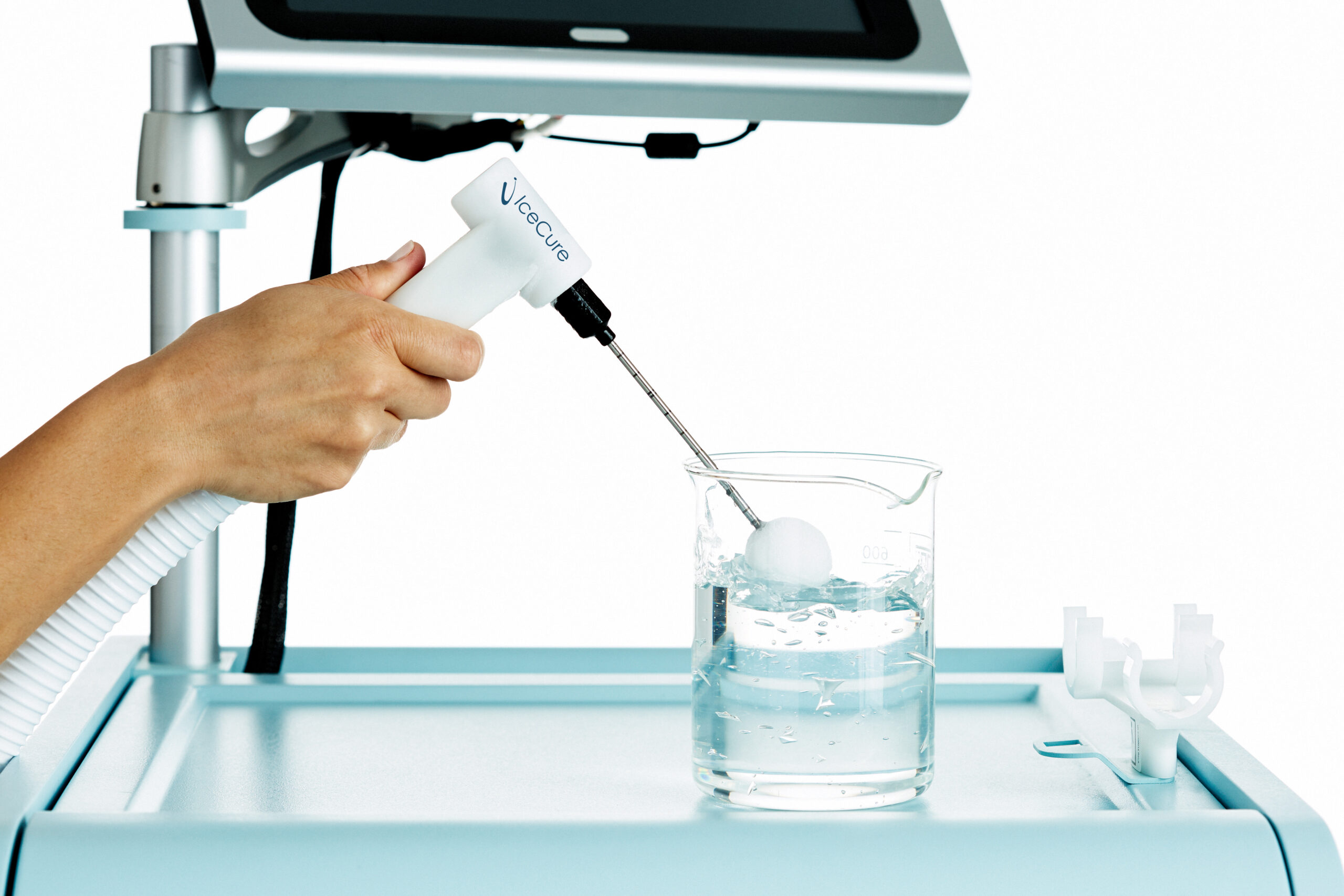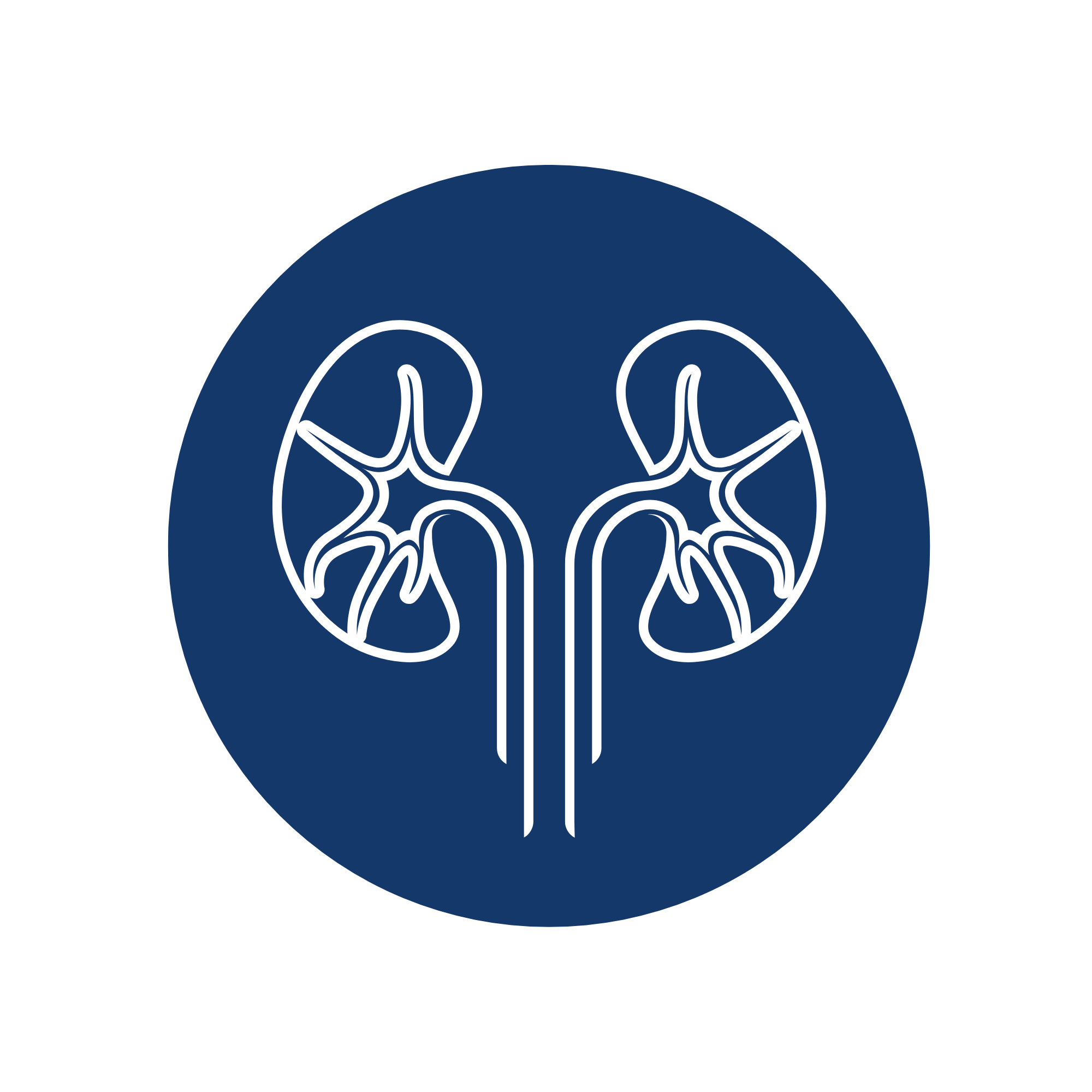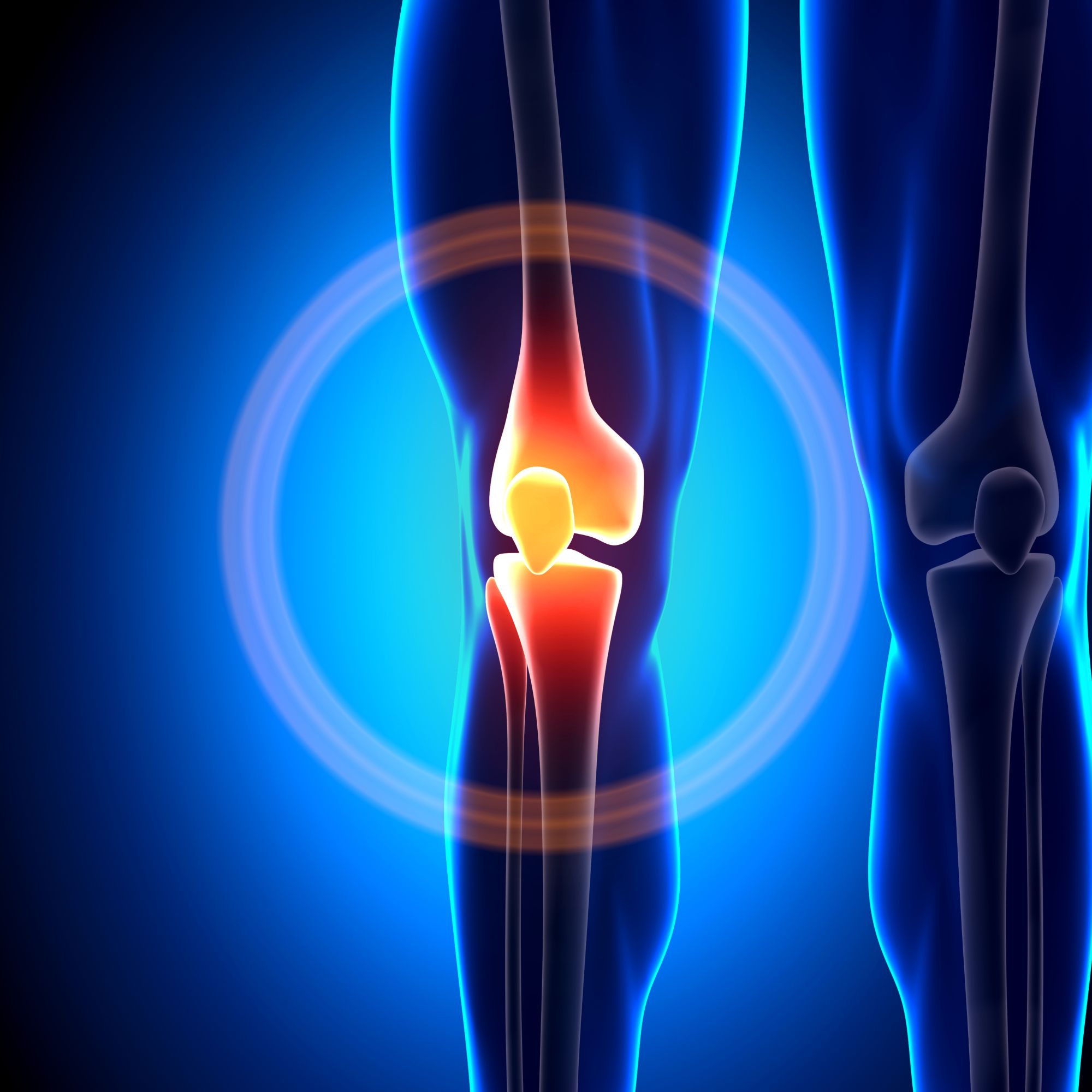What is Cryoablation ?
Cryoablation, also called cryotherapy or cryosurgery, is a form of treatment that uses extreme cold to freeze and destroy cancerous cells and some benign tumors with extreme accuracy. The procedure can be used to treat tumors located in or around a variety of organs and areas, including the liver, kidneys, breasts, bones, prostate, cervix, and lungs. Cryotherapy can also be very useful to treat focal causes of pain.

Indications


BREAST


LUNG


KIDNEY


BONE
ABOUT DR ROY CHOUDHURY
Dr. Shuvro H Roy-Choudhury, FRCS (London), FRCR (London), CCST (UK), FCIRSE, EBIR is a Consultant in Diagnostic and Interventional Radiology (IR) who works in India and part-time in the UK with over 25 years of experience in the UK. Currently, Dr. Shuvro Roy Choudhury is the Director of Interventional & Endovascular Radiology for NH Group Hospitals with 7 sites in Eastern India (NH Group) and 37 sites across India. He works as a part-time Consultant Radiologist at University Hospital of North Midlands at Stoke-On-Trent, UK. He is the President-Elect of the Indian Society of Vascular and Interventional Radiology and the Vice President of the Indian Society of Interventional Onco-Radiology. He is also a proctor for tumour ablation in India and the UK and serves as an advisory board member for several medical organizations. ISVIR has awarded him the ‘Hero’ in IR for changing the landscape of IR in Eastern India. Dr. Shuvro Roy is the only international interventional radiologist on a WHO team that prepared an international document on kit and staffing for hospitals in cancer management. He is credited with several ‘firsts’ in Eastern India, including kidney ablation, trauma embolization, fertility following fibroid embolization, TEVAR, etc.

Frequently Asked Questions
Patient Testimonials
Contact Us

